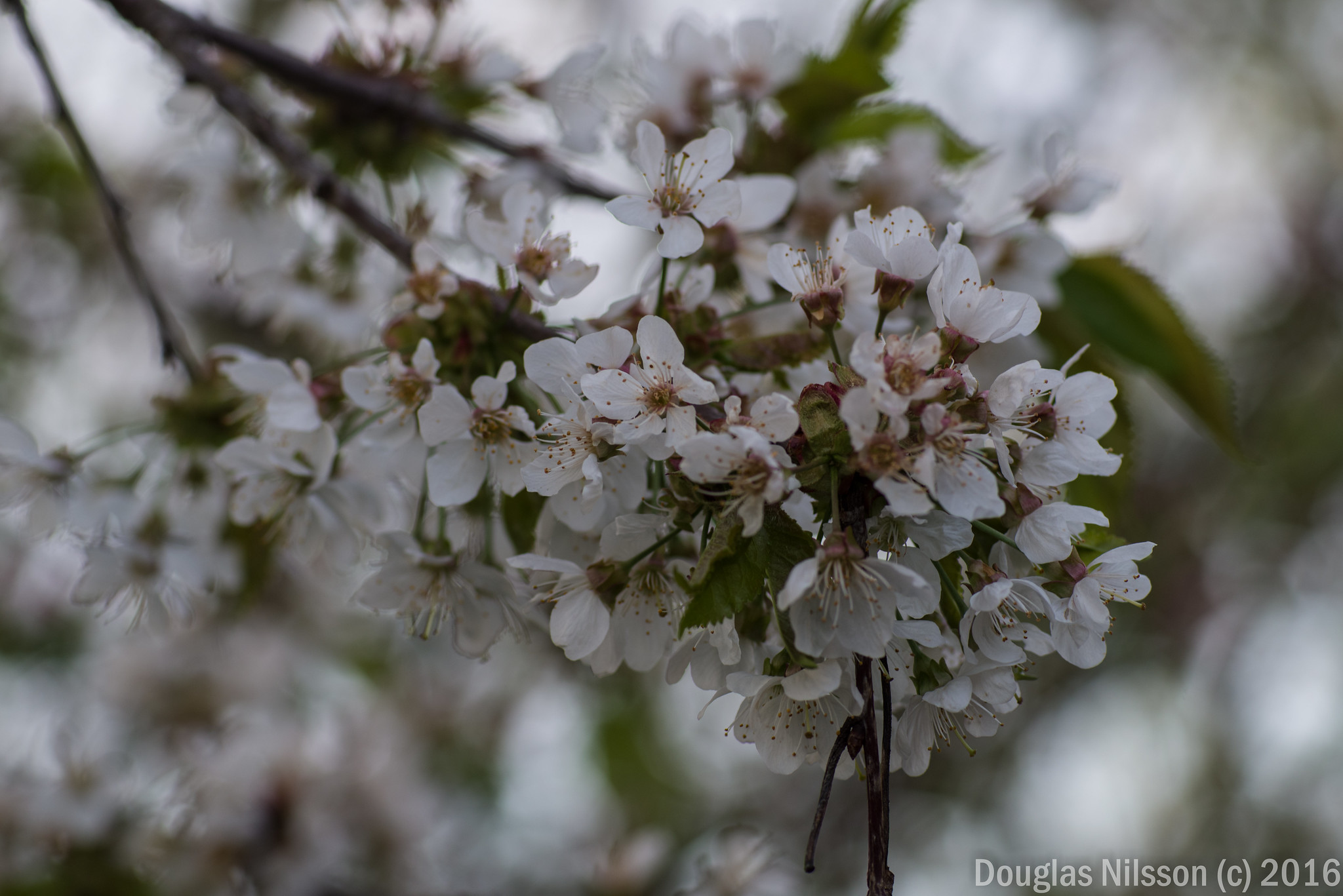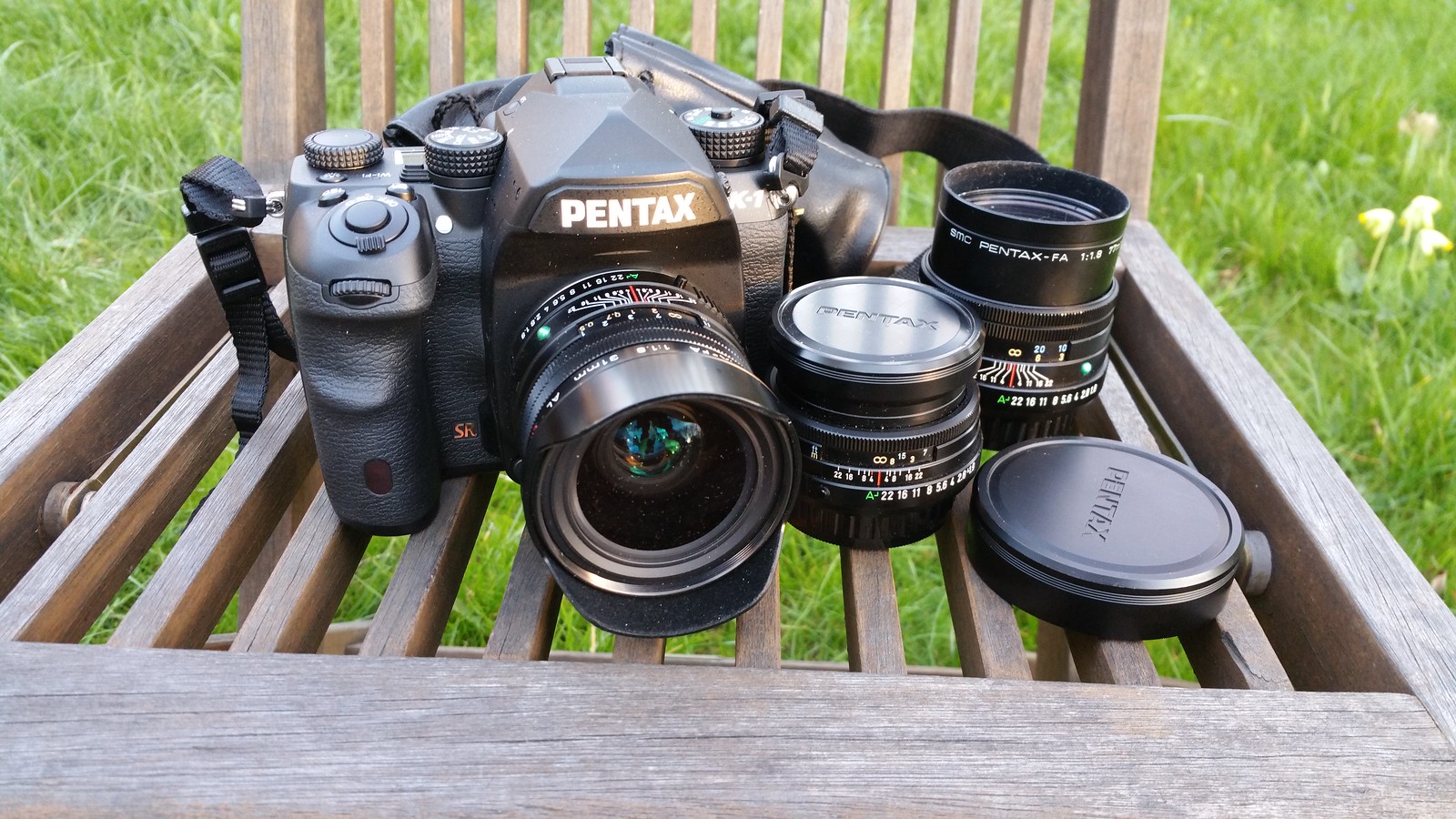Among my many camera lenses I've owned or used, there is one lens that stands out as nearly impossibly good. Devine.
 |
| The 7:6 lens diagram designed by Mr. Yasunori Arai. |
It was developed at Asahi Optical Company (aka Pentax) by Mr. Yasunori Arai and a few days ago it was 32 years since the final design patent passed: the SMC Pentax-A* 135mm f1.8. Mr Yasunori also designed the big gun SMC Pentax-A* 1200mm f8 ED IF. Judging from patents, he spent a great deal of his time working on Pentax astronomical lenses, especially how to minimize chromatic aberration in them. Perhaps this is why the A*135/1.8 does so well in that regard. If any reader knows more about Mr. Yasunori, or even have a photo of him for my page of Pentax lens designers, I would be most obliged.
The Super-A camera came in 1984, and with that the A serie of Pentax lenses, which is perhaps the most ambitious of their lens lines. I got my Super A in 1984, but it would take almost a decade before my copy of the A*135/1.8 found a home with me. By then autofocus had arrived and "destroyed" photography for ever. Seamingly intelligent persons sold of their excellent manual lenses to afford often mediocre autofocus lenses. To my benefit.
I was making one of my usuals tours on the streets of Stockholm shooting people, when I came by the camera shop "Sergel foto" andout of habit, I took a look in the window with second hand gear, and my eye cought the sight of an exceptionally fat lens. I entered, and asked the staff to let me take a look at that lens.
Probably I had been given a broshure with Pentax complete lens line when I bought the Super A, but lenses like this had never entered my plans to own. The weight. All that glass! The impossibly large front lense and gigantic apperture opening that appeared to suck in light... They were asking for 3500 Swedisk kronor, a fraction of its price as new. Still a lot of money for a graduate student, but I had recently got a 5 year position with a real salary and had some savings from pictures I've sold.... I had to have it. I could eat porridge and onion soup for a month!
I never regretted that.
I've shot a lot of film through that lens. Streetshooting, theater and conserts....weddings. Eventually I came to use it on my digital Pentax SLRs, but these were cropped sensors, and while it is an exelent and very fast 200mm eqiivalent on APS-C, it was a pitty I could not use its full image other than on film.
 |
| 1984 meets 2016 thanks to Pentax backward compatibility. |
Then came finally Pentax with a full frame DSLR. And of course the A*135/1.8 was on the priority list to try out on the new Pentax K-1. I don't think a viewfinder has looked this bright since I used the same lens on my Super-A. So far I've only had the camera about a week...but here is some first samples shot in our garden with the A*135/1.8.
 |
| Cow lips at f1.8. |
 | |
| Goldilocks in deep thoughts. f1.8. |
 |
| Cherry flowers at f4. |
 |
| Cherry flowers at f2.8. |
 |
| Cherry flowers at f1.8. |
I just love the colours and the buttery smooth bokeh of this lens. But the most unusual thing about it is that it stays sharp even wide open. Most really fast lenses becomes soft wide open This applies for example to most 50/1.2, 85/1.4, 135/1.8 or 135/2 by all lens makers. It appears more or less to be a natural law. But the A*135/1.8 stays sharp wide open. Yes, the out of focus areas are soft, as they should be, and at f1.8 these are large as the depth of focus becomes very thin. But if you zoom in, you will see that areas that are still within the DOF remain razor sharp. Look at my daughters hair for example!
The three cherry flowers pictures illustrates how the bokeh change when the apperture change. At f4 it is still quite bussy with smeared details. At f1.8 the whole background is smooth. This one can of course use to control the character of the image.
Today the lens is worth about 2000 Euro. The time is over when we look down on great optics just because of its manual focus. So even as an investment it was a good buy. The price of course reflects the quality of the lens, but also its scarsity. Presumably, only about 800 civilian copies were produced for the whole global market, plus a small number of camouflaged coloured copies for the Japanese self defence forces.






















